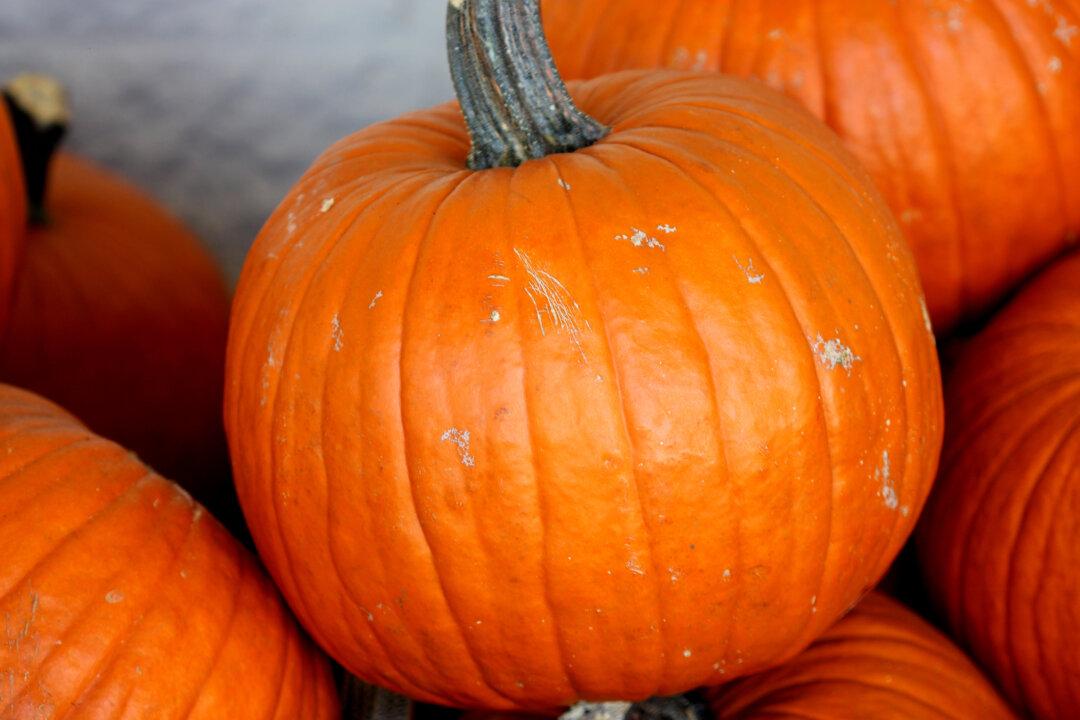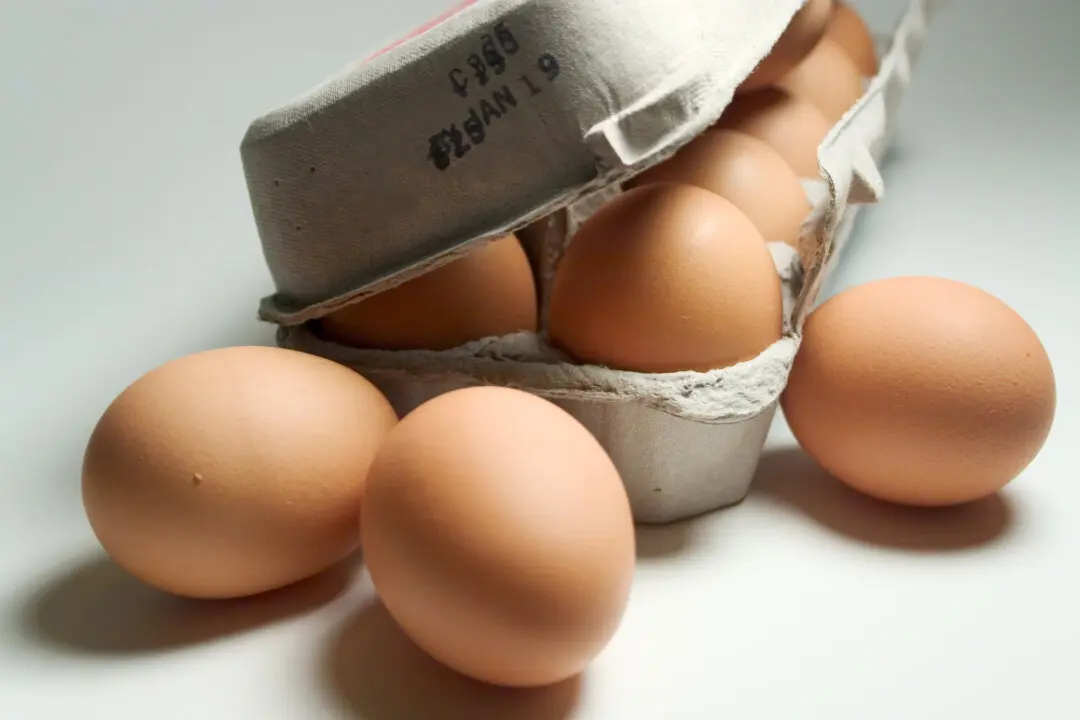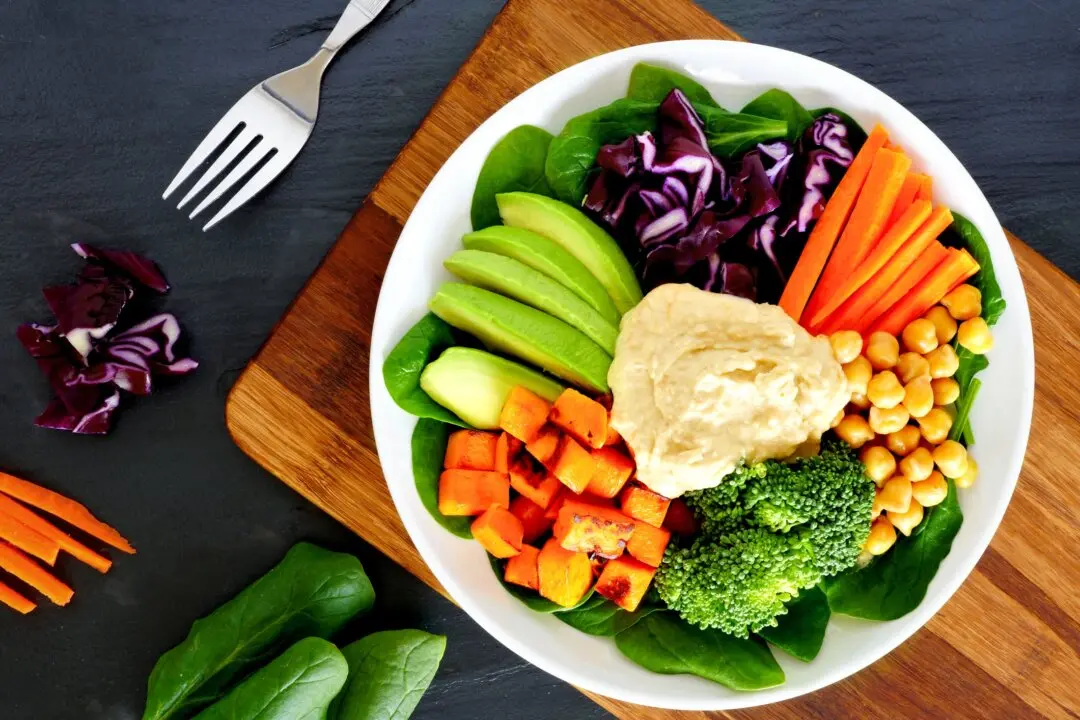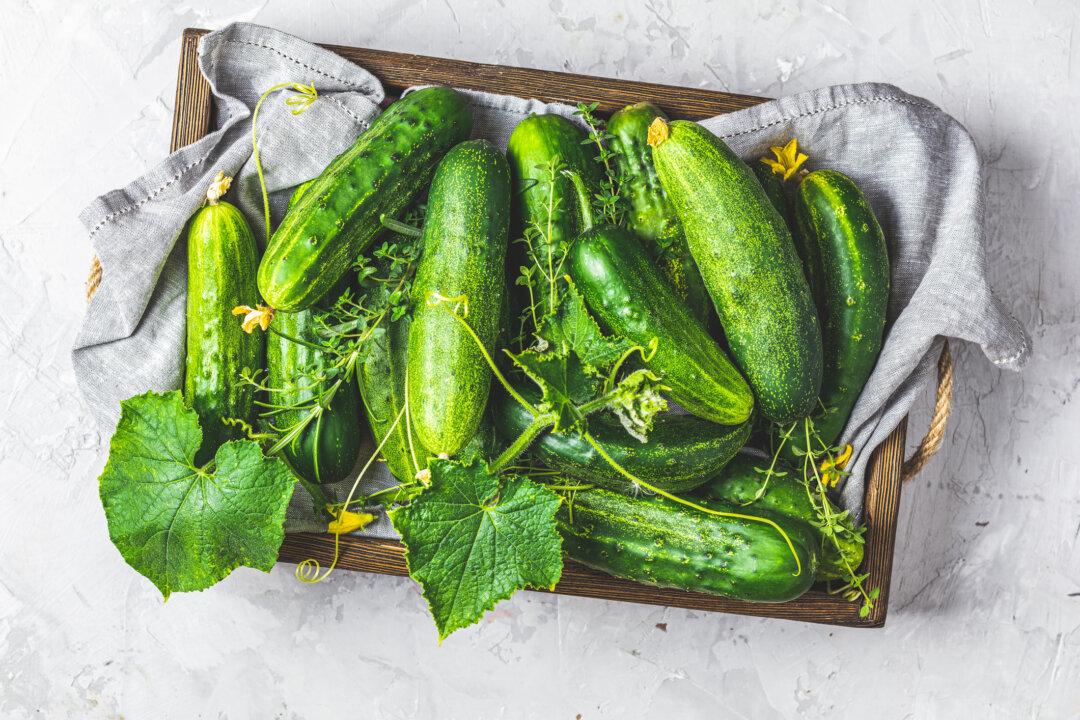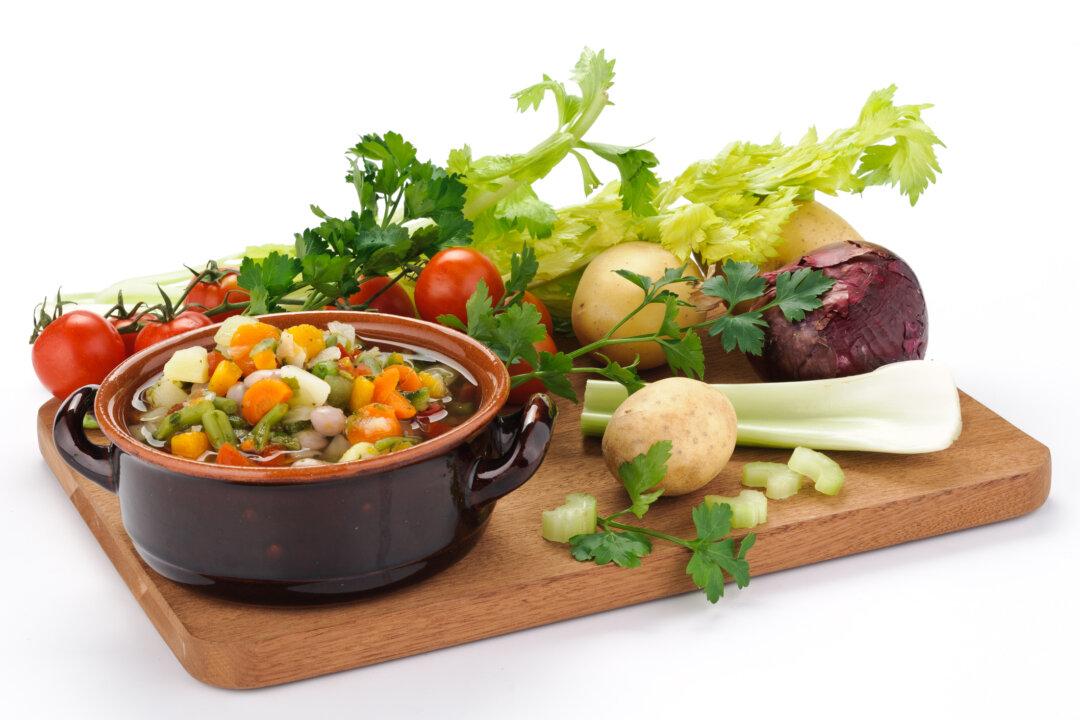Pumpkins mark the fall season with decorative flair on front porches and tabletops as well as in our favorite fall flavors—pumpkin spice has quite a following! It has boosted pumpkin’s pizazz beyond pies and lattes to hummus, pasta, and even facial scrubs.
The most popular winter squash—pumpkin and pumpkin seeds—has a long and colorful history, beloved globally in traditional culinary traditions, starring in both sweet and savory dishes. Look beyond the bulbous orange variety to uncover a whole new arena of shapes, textures, colors, sizes, and flavors.
Not only are they gorgeous and delicious, they are also rich in powerful, health-protective plant compounds and nutrients. Invite pumpkins and pumpkin seeds of all varieties to your fall plate.
Is Pumpkin a Fruit?
Oddly enough, pumpkin is a fruit, at least botanically speaking. Pumpkins and other members of the Cucurbita family of plants include not only squashes and gourds, but also watermelons, honeydew melons, and cucumbers. They all grow from a flower and have seeds in the middle, which technically makes them fruits. However, we categorize them as vegetables because they are less sweet and more savory from a culinary perspective. Pumpkins, like other winter squashes, are natural when roasted or stuffed and in a variety of savory dishes like soups, chilis, pasta, and casseroles.
There are hundreds of pumpkin varieties, so go ahead and enjoy the basic orange Halloween carving varieties, such as the Appalachian, but explore the many others. From a decorative perspective, they range from very large to tiny and come in myriad colors, textures, and shapes. Fun as a green, blue, or white turban-shaped pumpkin may be in a centerpiece cornucopia, try a variety bred for cooking. Any pumpkin is edible, but you’ll find some are better suited to pumpkin pie, such as sugar pumpkins, which have a sweeter flesh.
No matter which type you choose, the entire thing, minus the stalk, is edible: skin (mostly in smaller varieties), flesh, and seeds.

